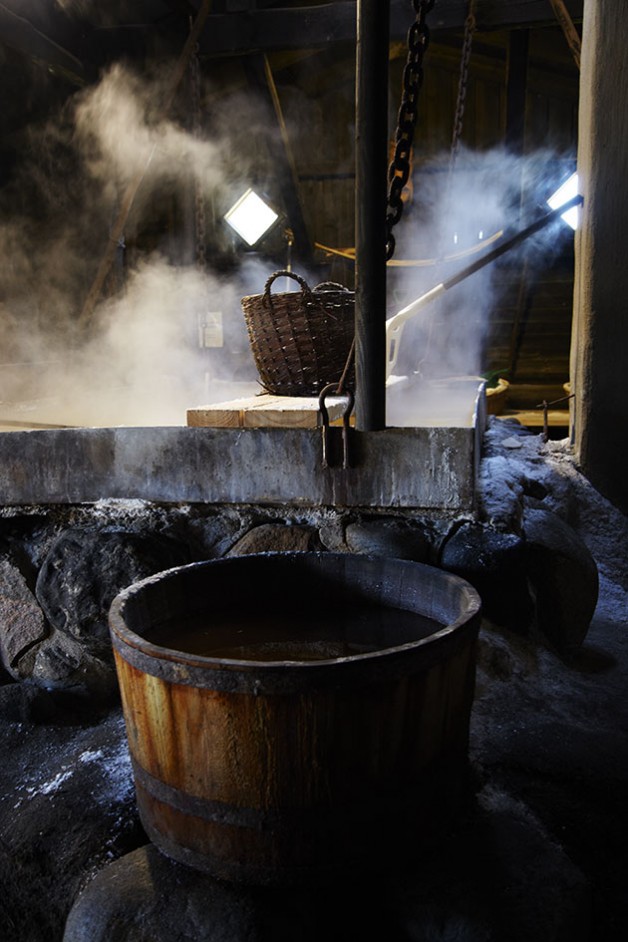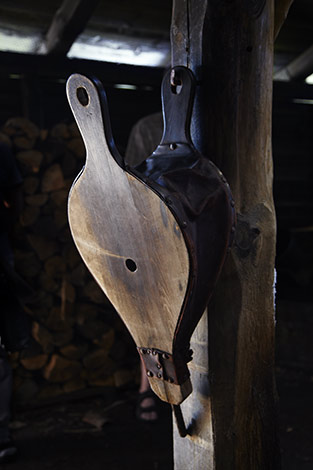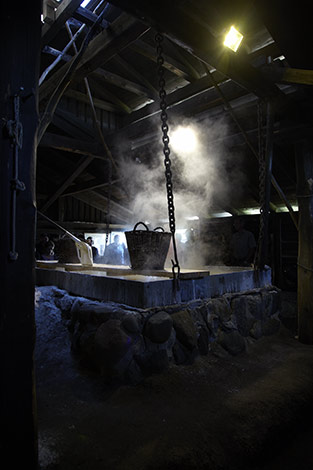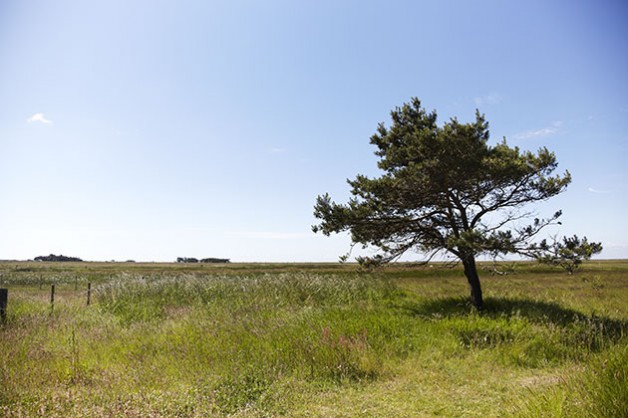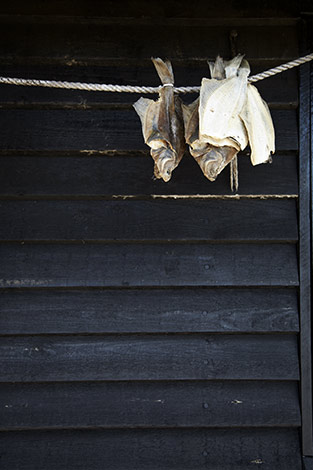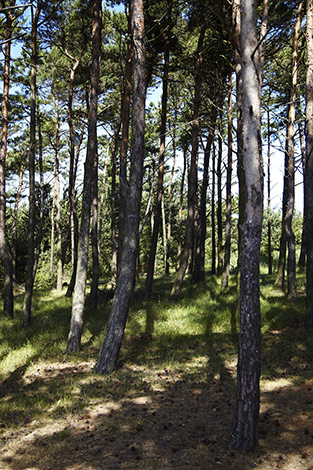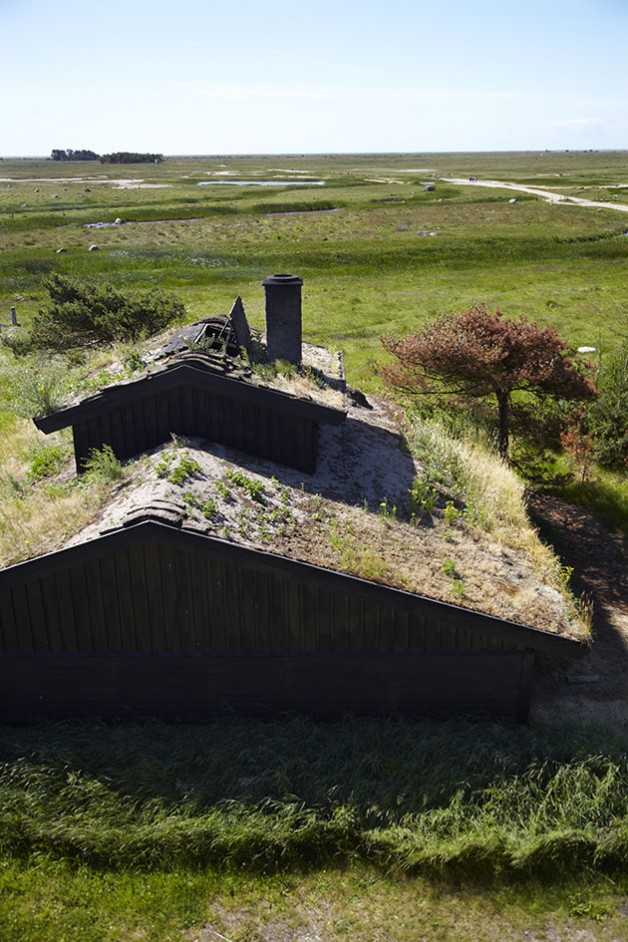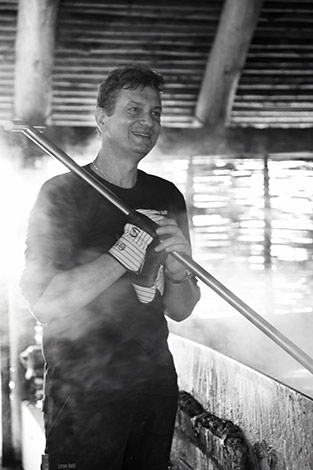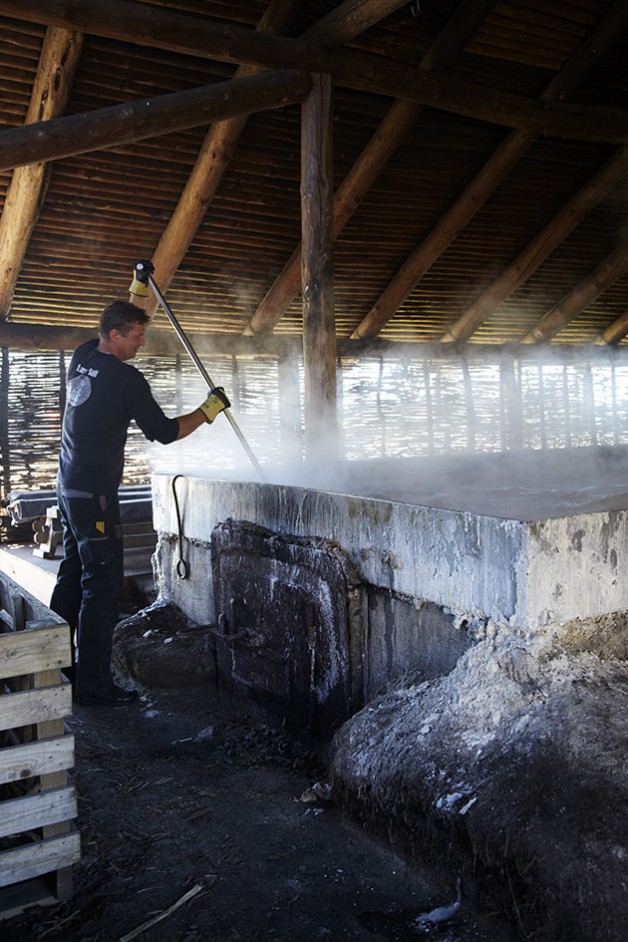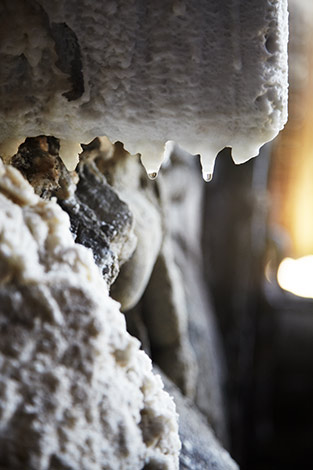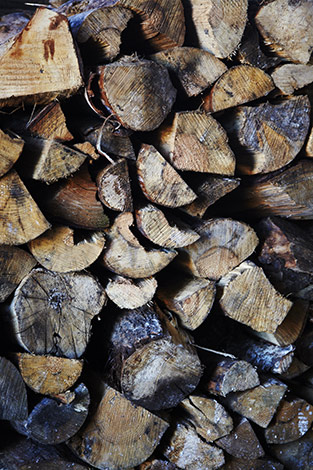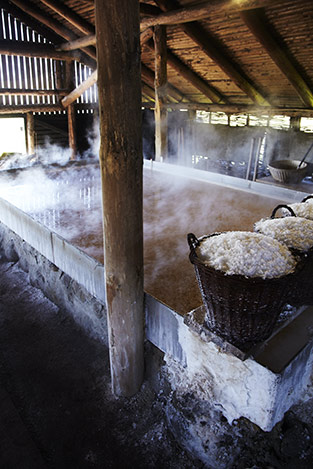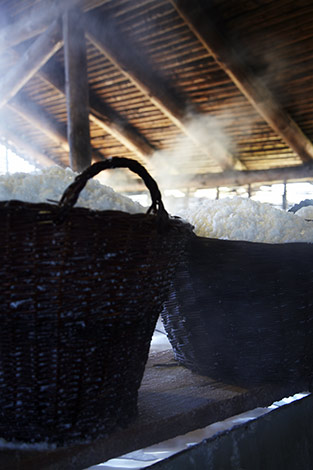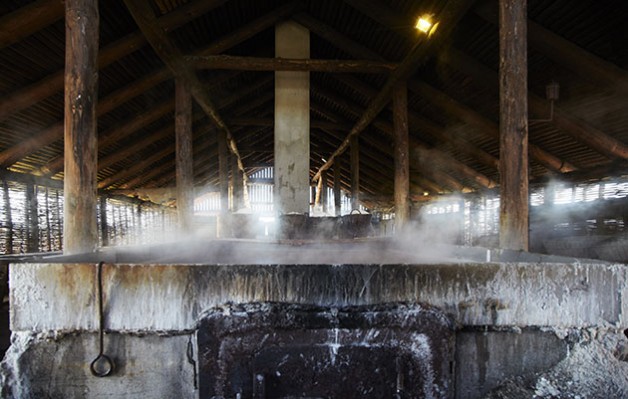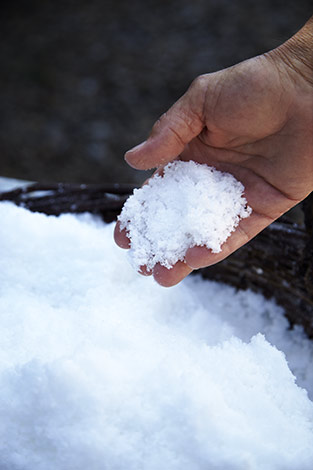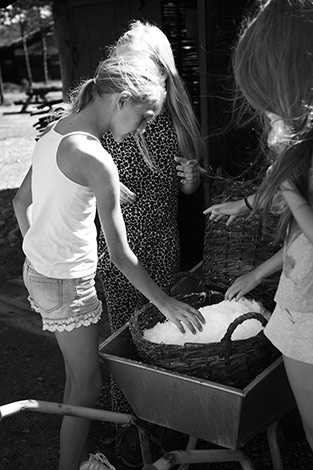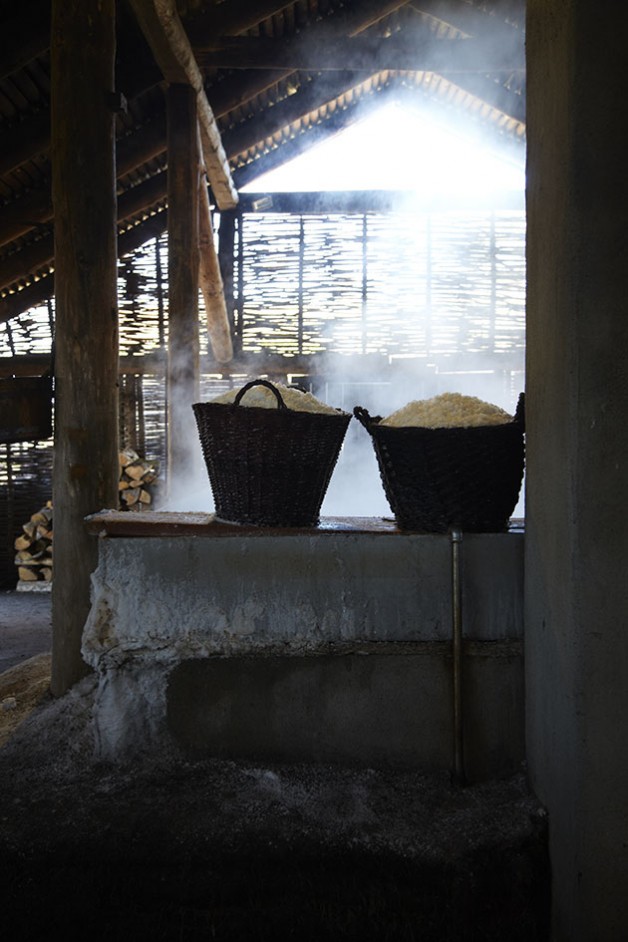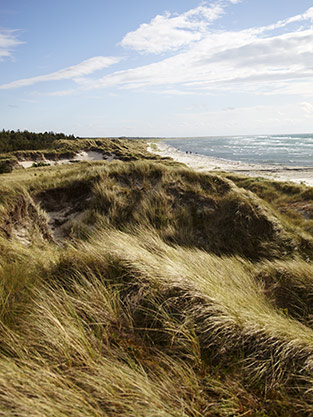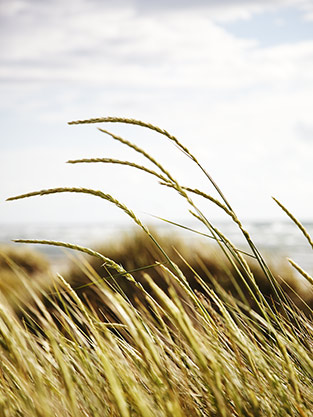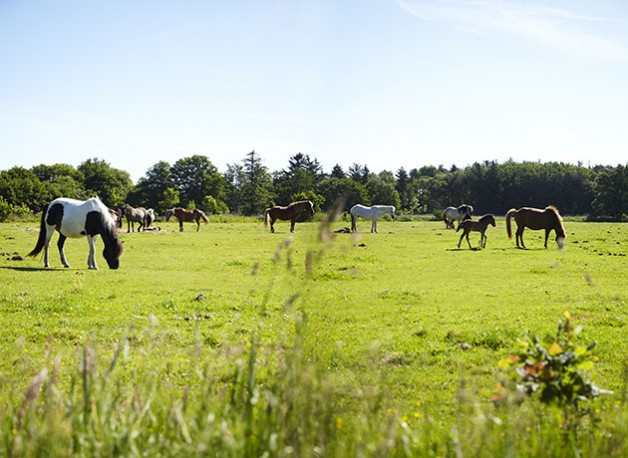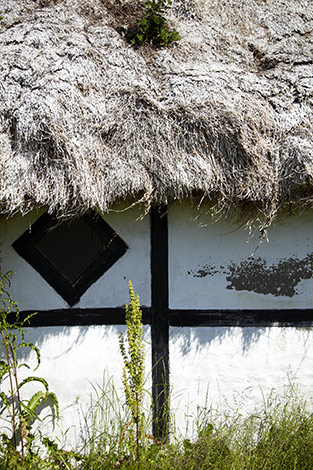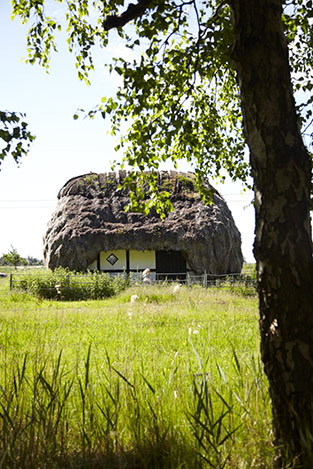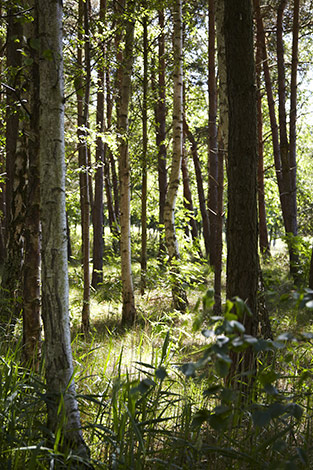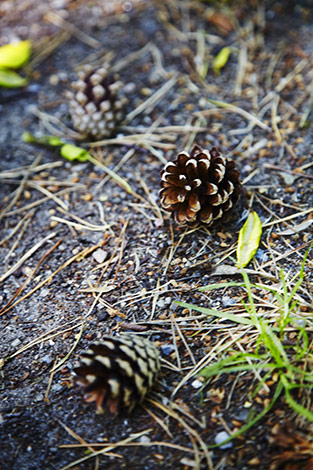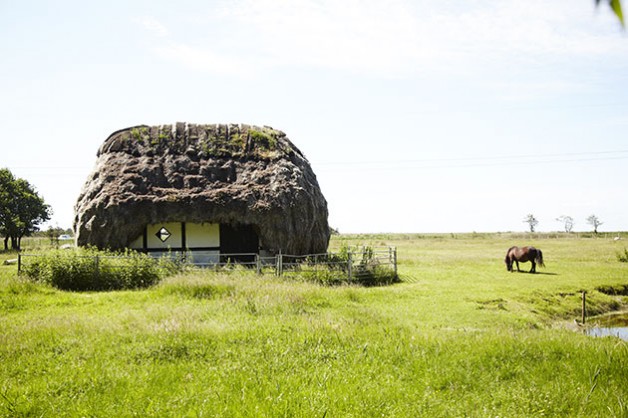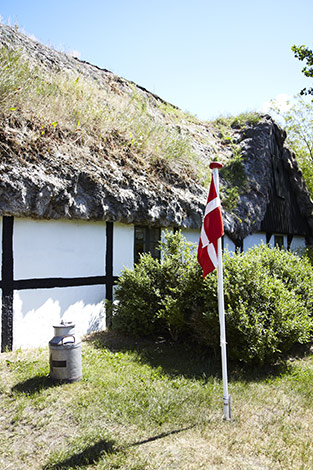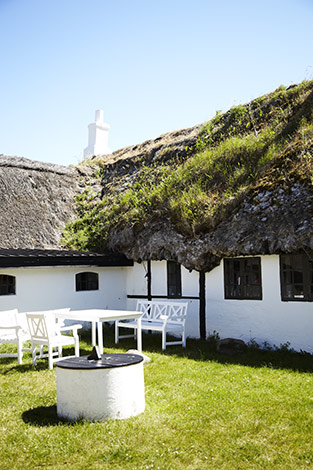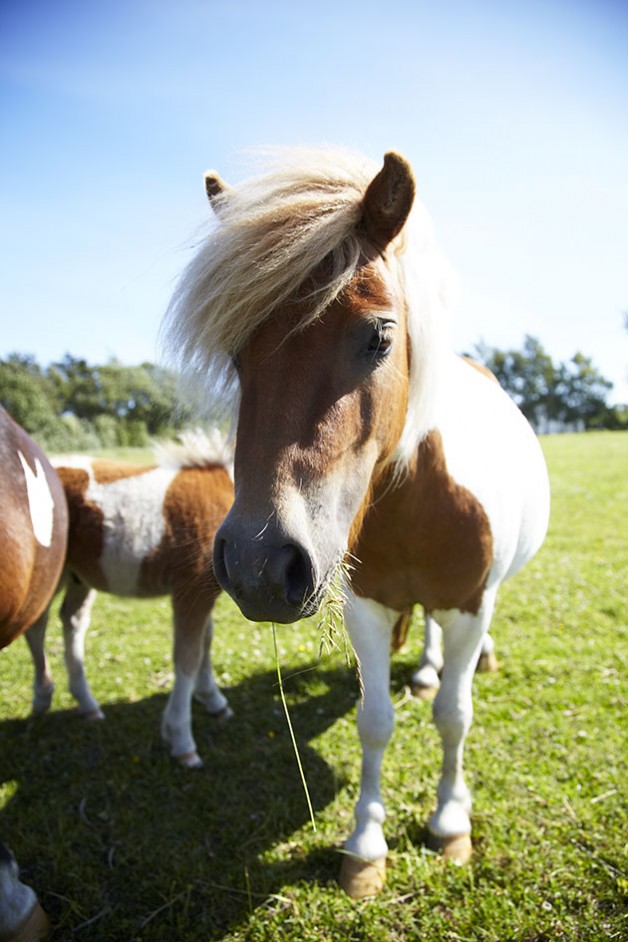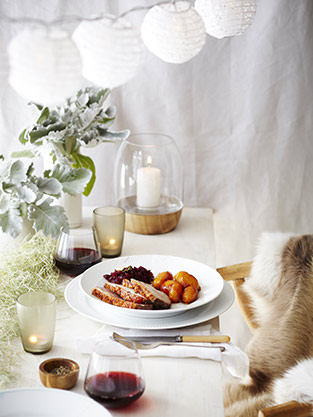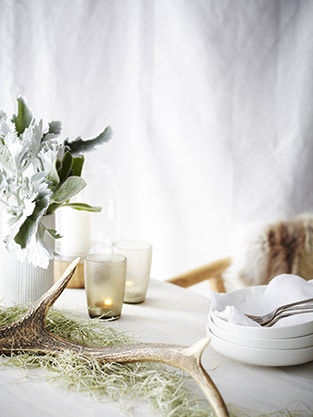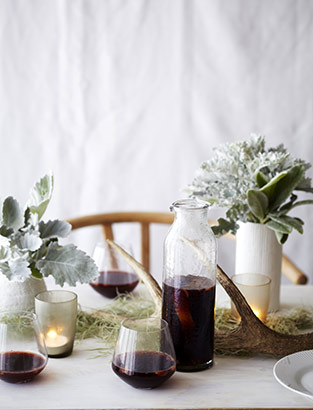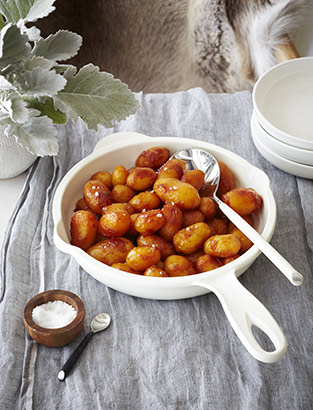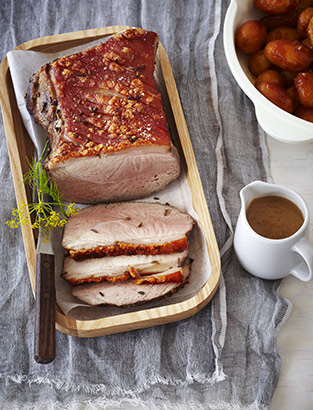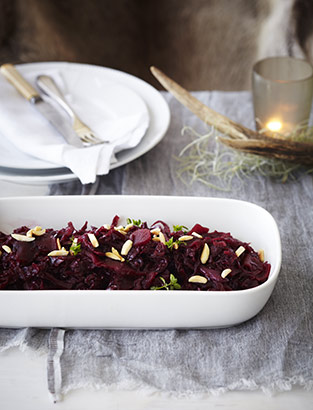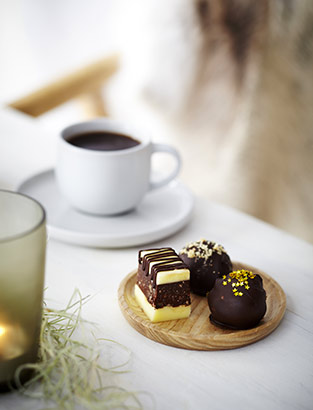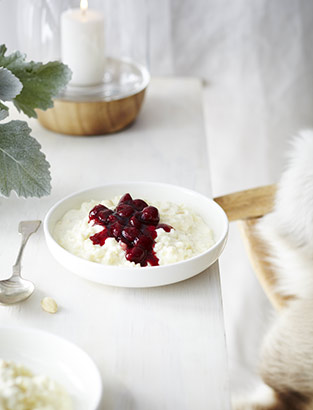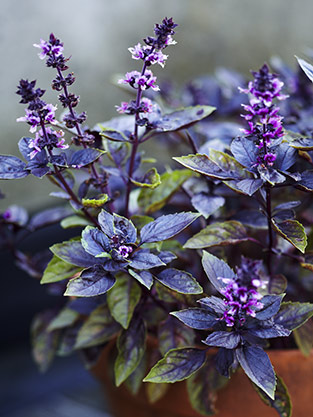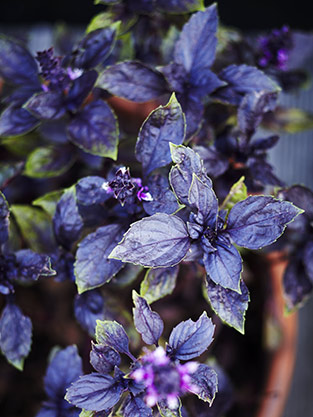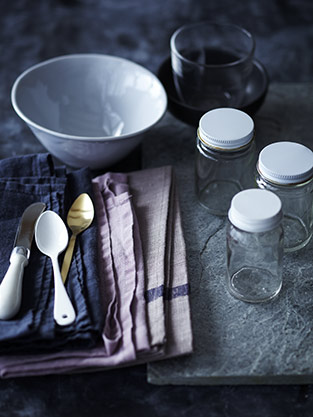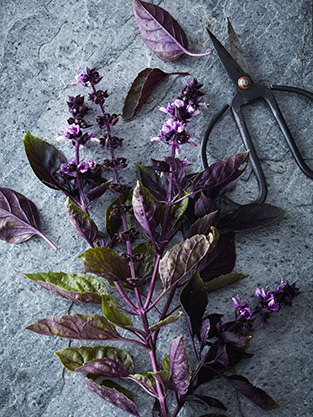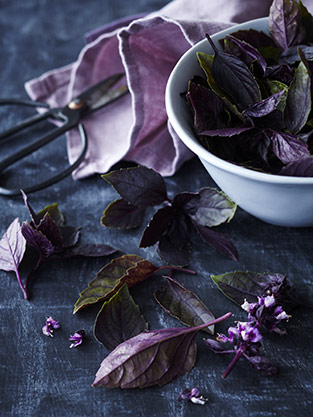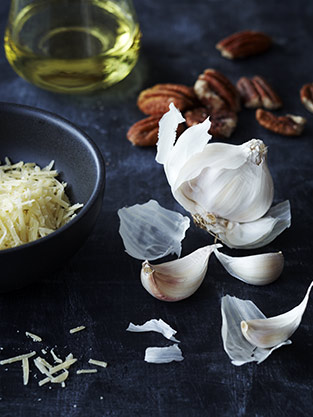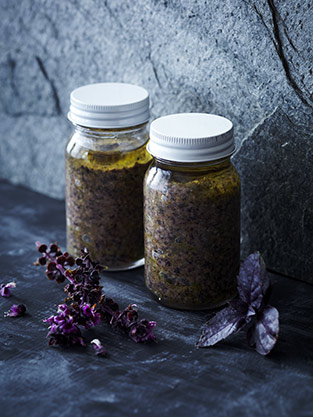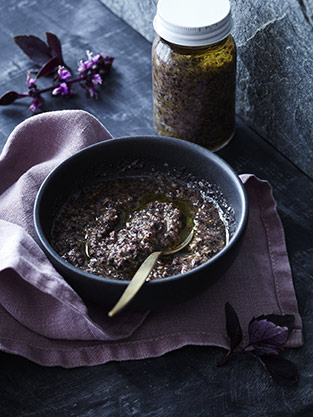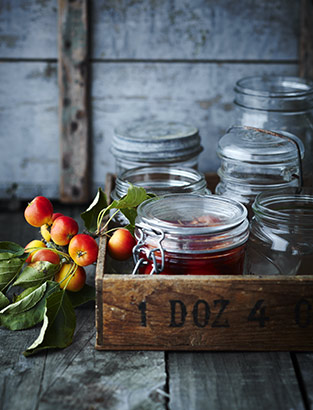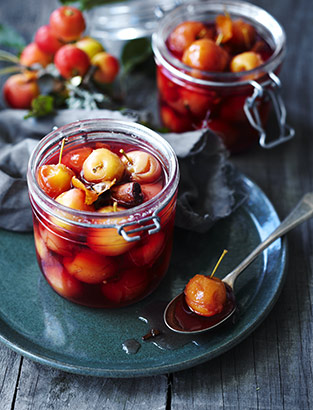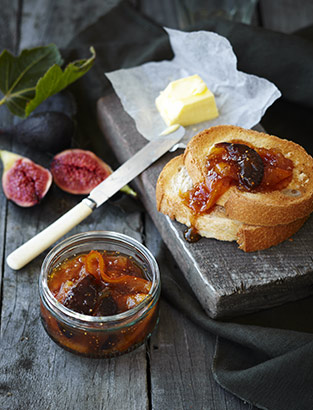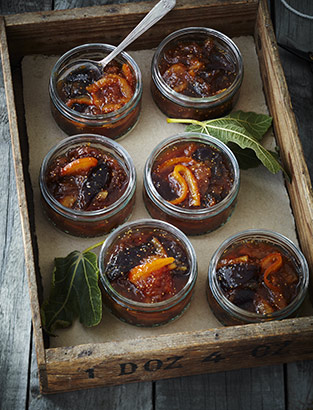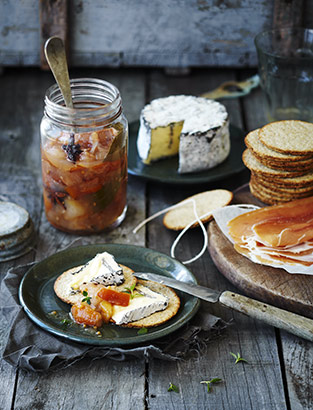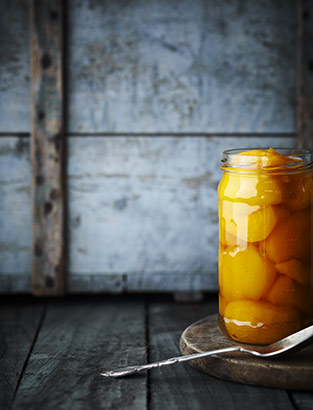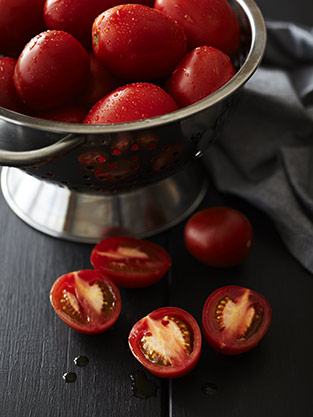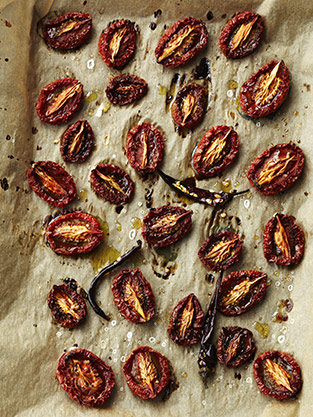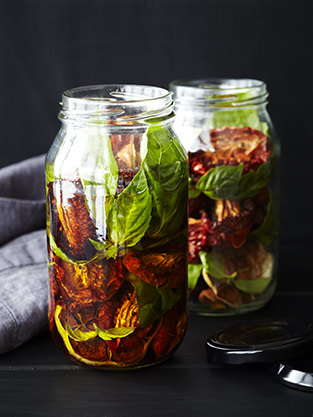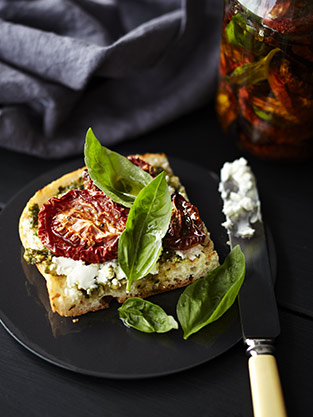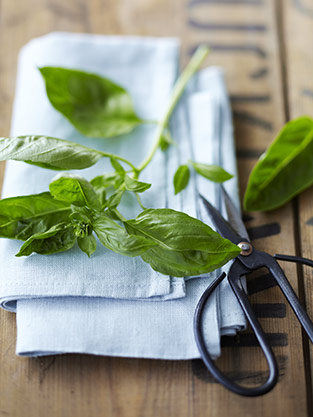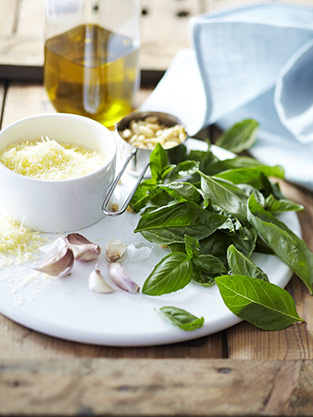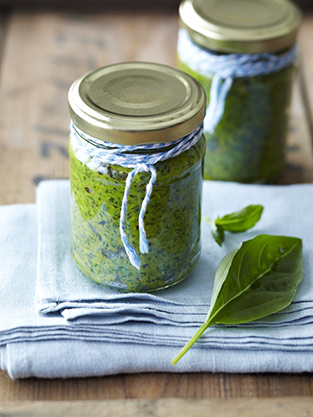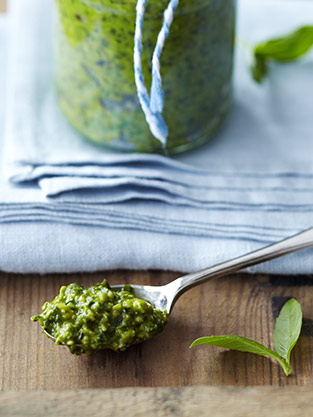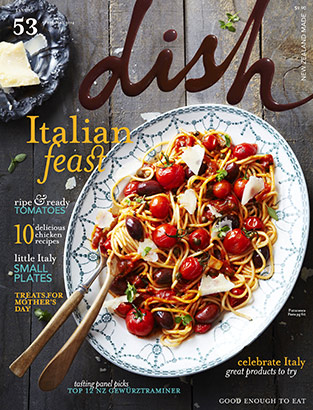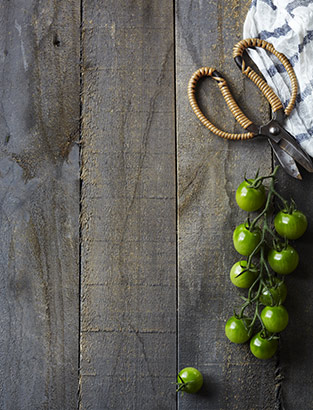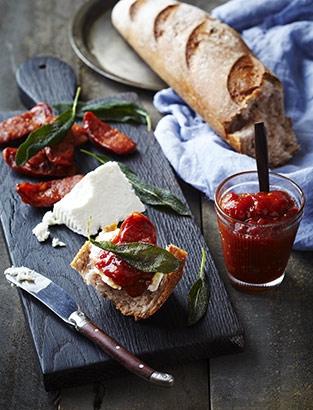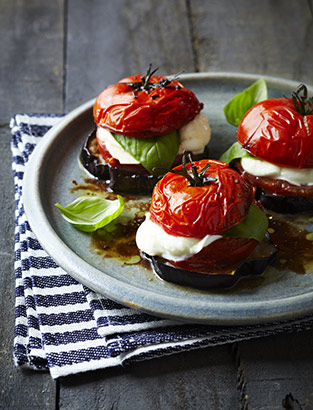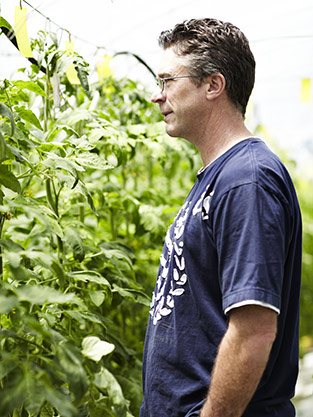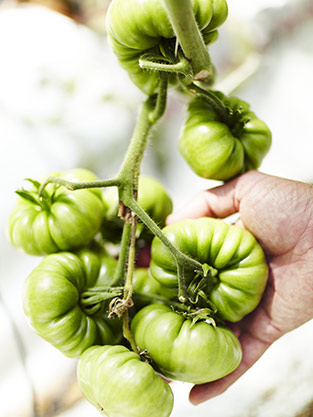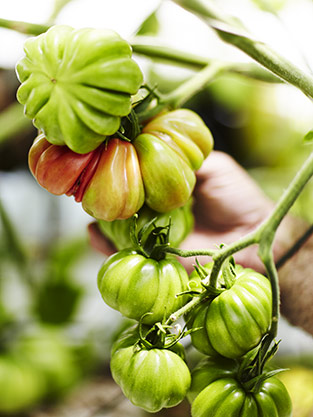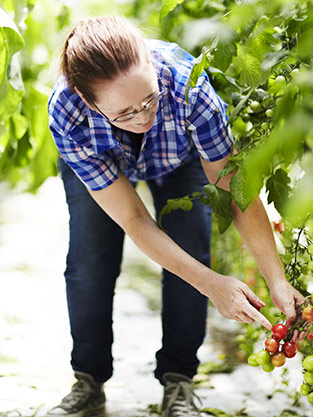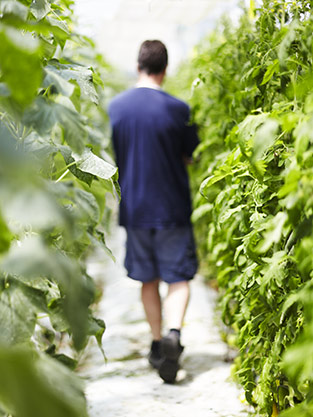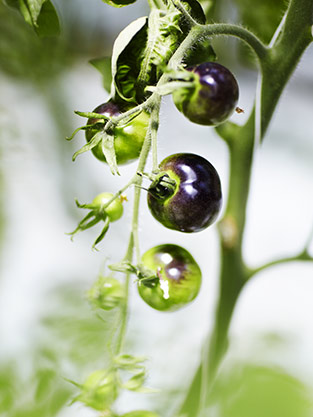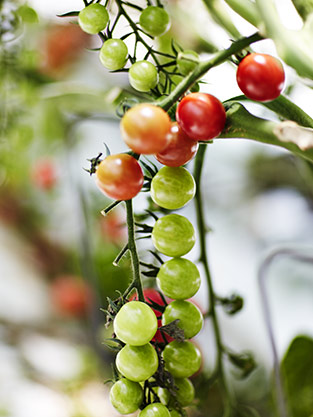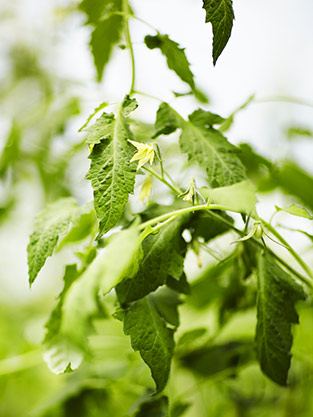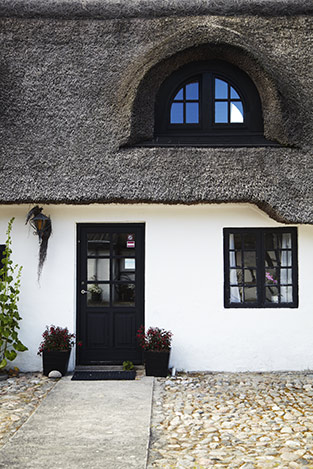
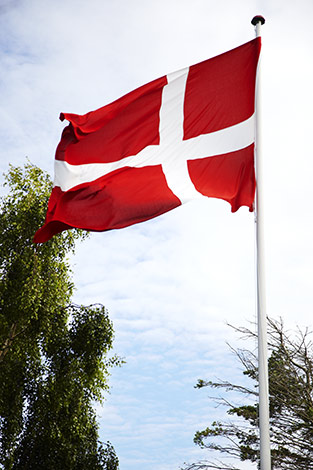
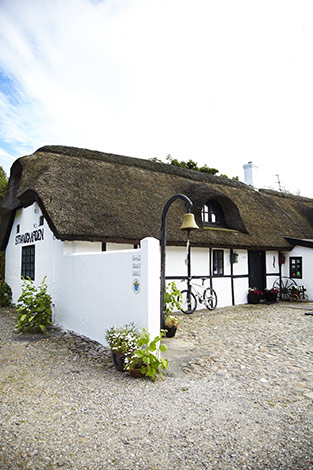
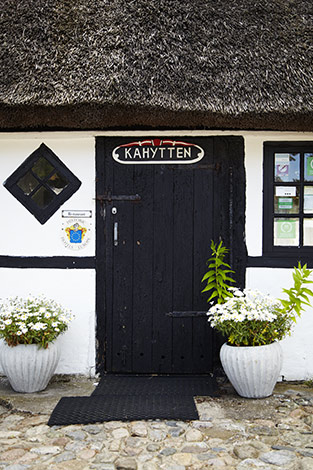
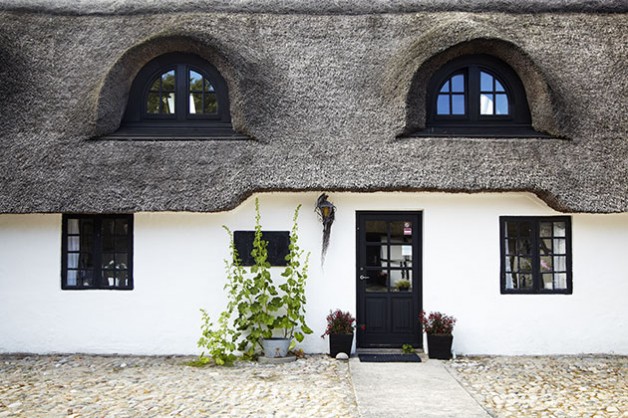
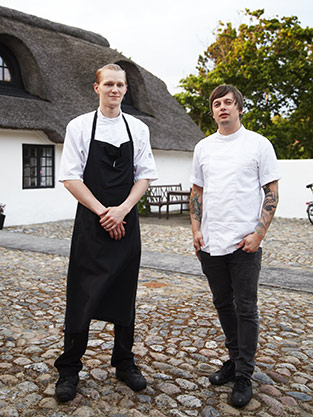
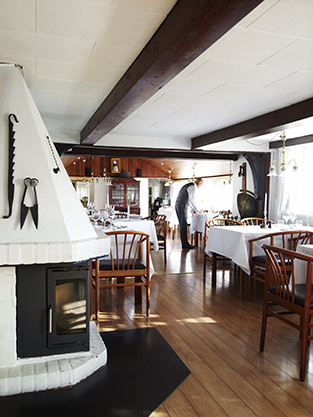
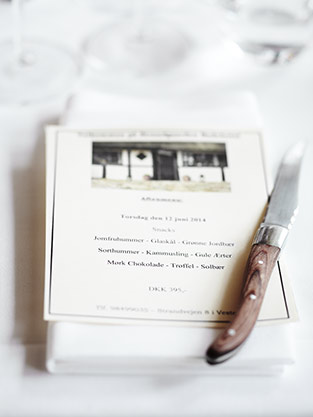
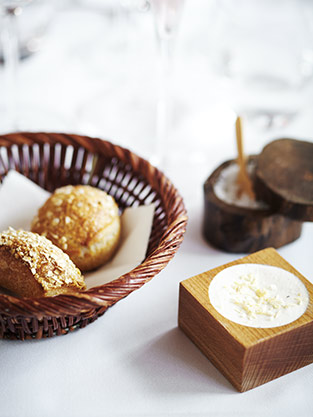
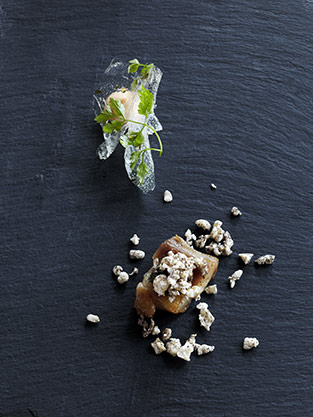
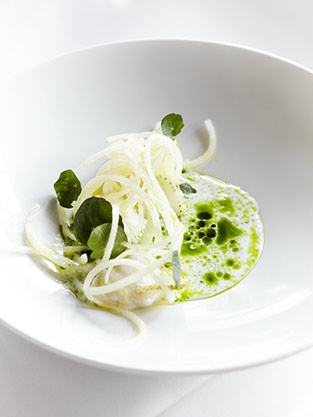
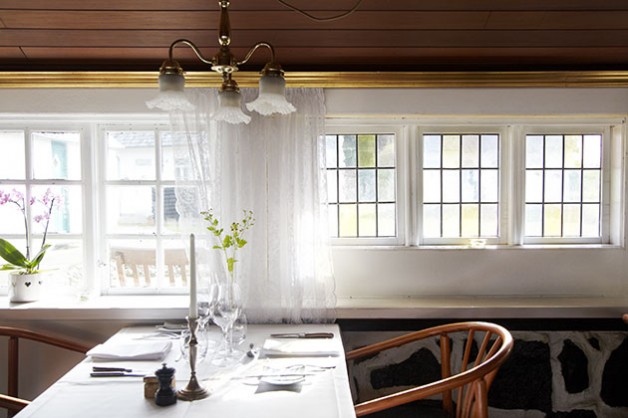
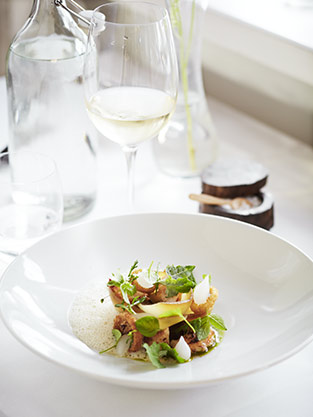
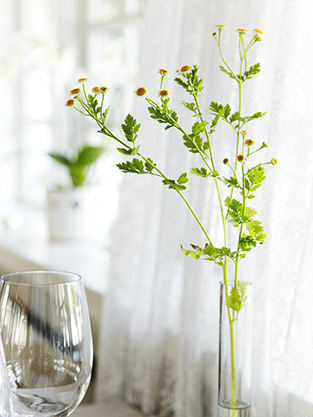
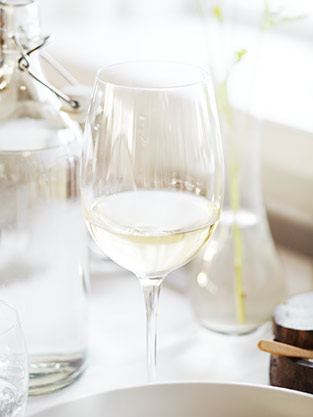
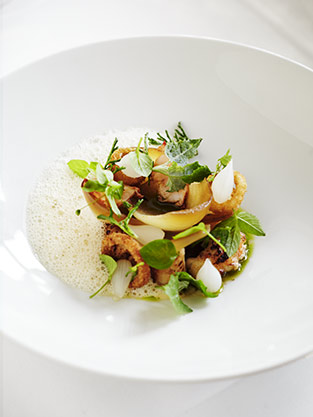
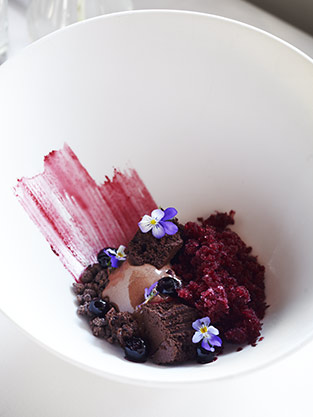
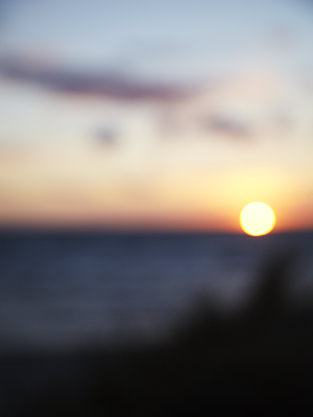
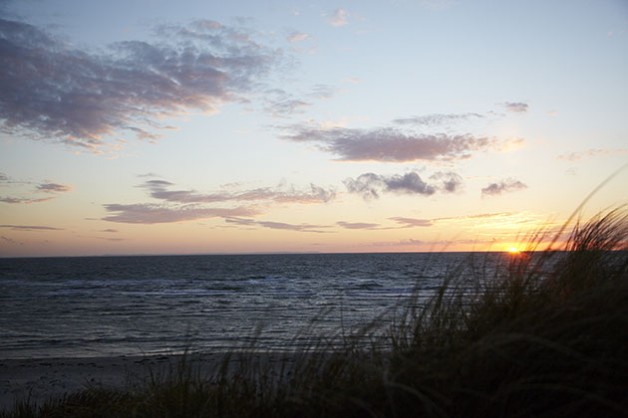
My last stop for the day of my visit to Læsø this time around was Strandgaarden Badehotel.
Strandgaarden beach hotel offers an idyllic setting and located just 4 minutes walk to the beach, it’s the perfect spot for a relaxing summer holiday. I could have stayed here for weeks on end, reading, relaxing, swimming, and taking heaps more photos, enjoying the Danish summer when it’s at its best. This place is so quaint and cute, that I just had to dedicate a whole blog post to it.
The hotel was built in 1727 and parts of the original building are still in use. The owner takes pride in keeping the hotel in its original idyllic state with thatched roof and half timbering, but with all the commodities of modern day living. Such is the hotel kitchen, which each year has a new, up and coming Danish chef have a chance to stand up to the big boys, with the title as head chef at Strandgaarden Badehotel. The owner Ole Lind, has gotten pretty good at picking them, and for many years Strandgaarden has earned much appraisal in the media across Denmark. Every evening the menu changes according to the season and what’s available on the island, so what’s served tonight will most likely not be served tomorrow. The element of surprise is one of the things I find intriguing about the restaurant here alongside the presentation of the food by the table, by the kitchen chefs – Nicolas Højgaard Michaels and head chef Thomas Wetle Andersen.
I was served:
Homemade Sourdough Rolls & Browned Butter stirred with Butter Milk, Crème Fraiche and Onion Powder
Amuse Bouche: Seaweed Chips, Lobster Mayo and Chervil + Pork Belly, Parsley Puree and Spiced Crackling
Starter: Scampi, Kohlrabi and Green Strawberries
Main: Lobster, Scallops and Yellow Peas
Dessert: Dark Chocolate, Truffle and Blackberry Granita
All accompanied by a Sparkling Rosé to begin, a NZ Honky Dory Sauvignon Blanc for the starter and the main and a Riesling to end.
Thumbs up to both of the chefs! I loved the sourdough rolls with the browned butter, and if it wasn’t because it requires some pretty expensive, high end pro kitchen gear, I would make that butter myself. Everything else was delicious too, particularly the main, which really played with, not just the flavours but also the textures. It’s not often I say it, but the highlight of the meal was definitely the dessert. The surprising taste of the chocolate cake, which I was told later was the influence of the truffle, was really interesting and intriguing. I suppose after shooting a sweet and savoury book about Vanilla, those combinations of savoury flavours with sweet or vice versa, is really something I notice.
After a very tasty meal, a quick chat to the chefs and tons of photos later, I had to end the evening watching the sunset on the beach. It’s one of those things I love! It’s the perfect ending to a perfect day, before going to sleep in one of Strandgaarden’s super comfortable beds.
Thanks to Ole Lind at Strandgaarden Badehotel for excellent service! Read more about Strandgaarden on their website or join their facebook page for regular news and updates.
Next up are some of things I got up to in Copenhagen, so please come back soon!

